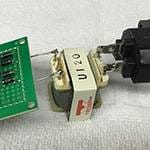In this post, I’ll explain common inquiries and mistakes related to mixers.
Unbalanced Headphone Output
Almost all mixers come with a headphone output.
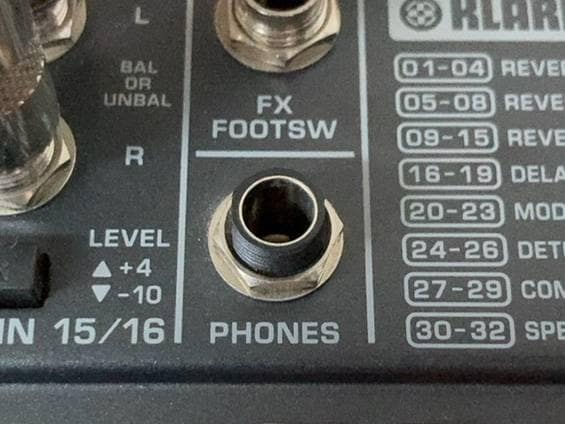
You often see it labeled as ‘PHONES’ like this.
The headphone output is stereo, so you insert a TRS plug and increase the headphone volume to hear the sound.
However, sometimes I receive inquiries about significant left-right volume imbalances.
When checking the condition, it usually occurs when the volume is first turned up.
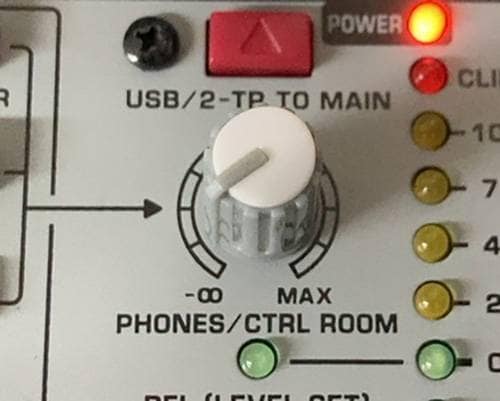
It seems the volume imbalance happens around this point.
Actually, this volume imbalance is a specification.
The cause lies in the volume knob. To explain what a volume knob is, it uses a component called a variable resistor. As the name suggests, it can change resistance to control the signal.
To control the volume of both left and right channels with one knob, you need two variable resistors. In stereo outputs, the variable resistor used has two resistance sections on one axis. This is called a dual gang potentiometer or dual gang variable resistor.
Due to the structure of this dual gang potentiometer, resistance differences can easily occur at the start of turning, causing volume imbalances and I explain this as a specification.
We receive similar inquiries about headphone amplifiers and audio interfaces, but this issue can occur with any device that has a headphone output and dual gang potentiometer. Please keep this in mind.
Difference Between Mic Input and Line Input
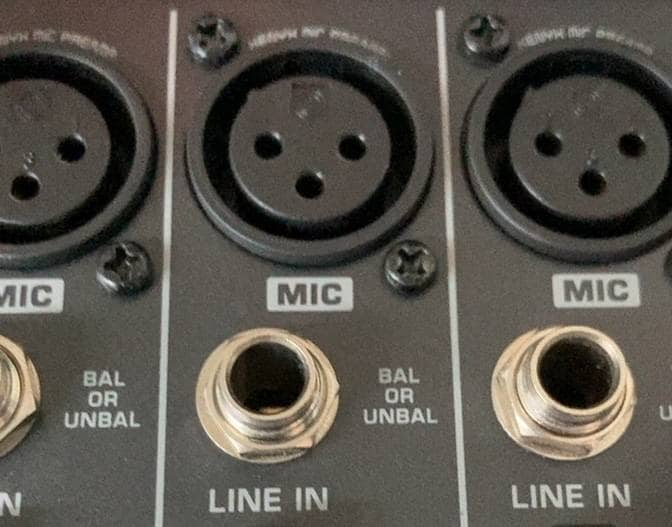
Mixers often come with both mic and line input jacks. Smaller or older mixers might only have one type of jack. I’ll explain common misunderstandings related to these inputs.
I received an inquiry where a customer connected a microphone to a mixer but got no sound. Upon checking the setup, the customer was using a dynamic microphone with an XLR-TS plug cable connected to the line input jack.
The major difference between mic input and line input is the volume level. Signals from a microphone have a very low voltage level. Line levels have two standards: -10dBV for consumer equipment (like commercial music players) and +4dBu for professional equipment.
Line levels are much higher in voltage than mic levels.
Considering this difference, the inquiry was about the line jack expecting a higher signal than the mic jack. When a low signal from a microphone is input into the line jack, it feels like there’s no sound (though there is a small volume of sound).
Conversely, there are cases where line signals input into mic inputs result in distorted sound.
Using tools like direct boxes to match levels can broaden your use of mixers.
Thank you for reading.






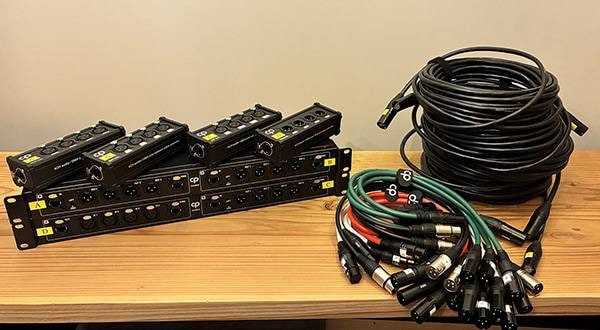

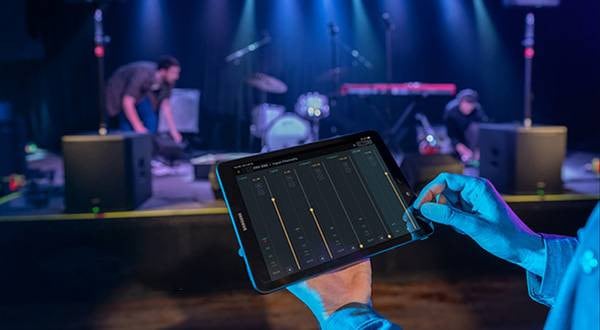

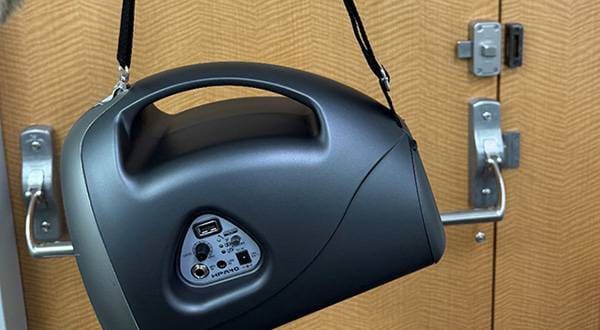
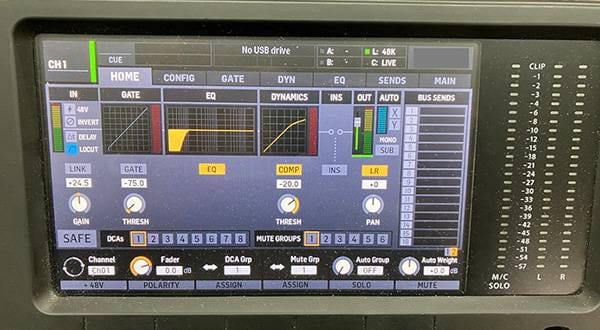
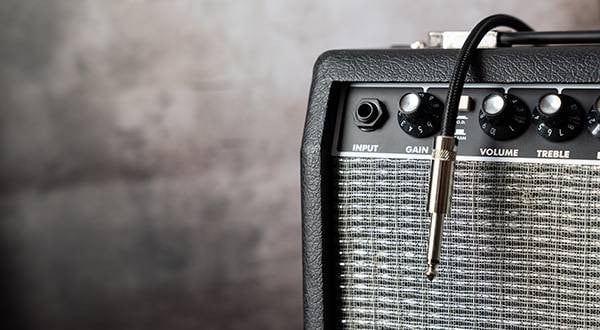
![[For Beginners] Lets Use a Microphone Preamplifier](/contents/uploads/thumbs/2/2023/5/20230523_2_22754_1.jpg)
![[PA Guide for Beginners] Let’s Put Together A PA System for Your Live Show! How to Choose a Mixer, Power Amp, and Speakers!](/contents/uploads/thumbs/2/2023/1/20230131_2_20980_1.jpg)

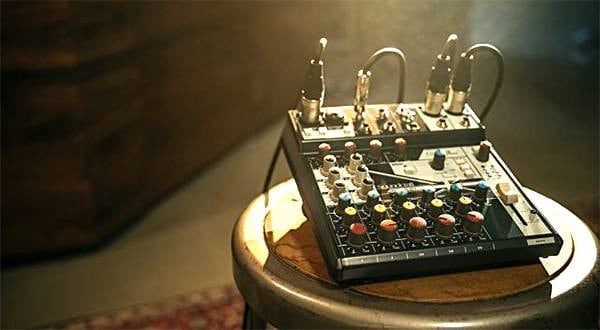
 YAMAHA デジタルミキサー TFシリーズ V4.0
YAMAHA デジタルミキサー TFシリーズ V4.0
 Allen&Heath DJミキサー比較表
Allen&Heath DJミキサー比較表
 Allen & Heath ミキサー機能比較
Allen & Heath ミキサー機能比較
 QSC デジタルミキサー TouchMixシリーズ
QSC デジタルミキサー TouchMixシリーズ
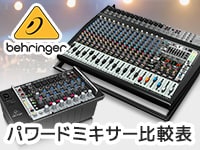 Behringer パワードミキサー比較表
Behringer パワードミキサー比較表
 Mackie ミキサー比較
Mackie ミキサー比較


